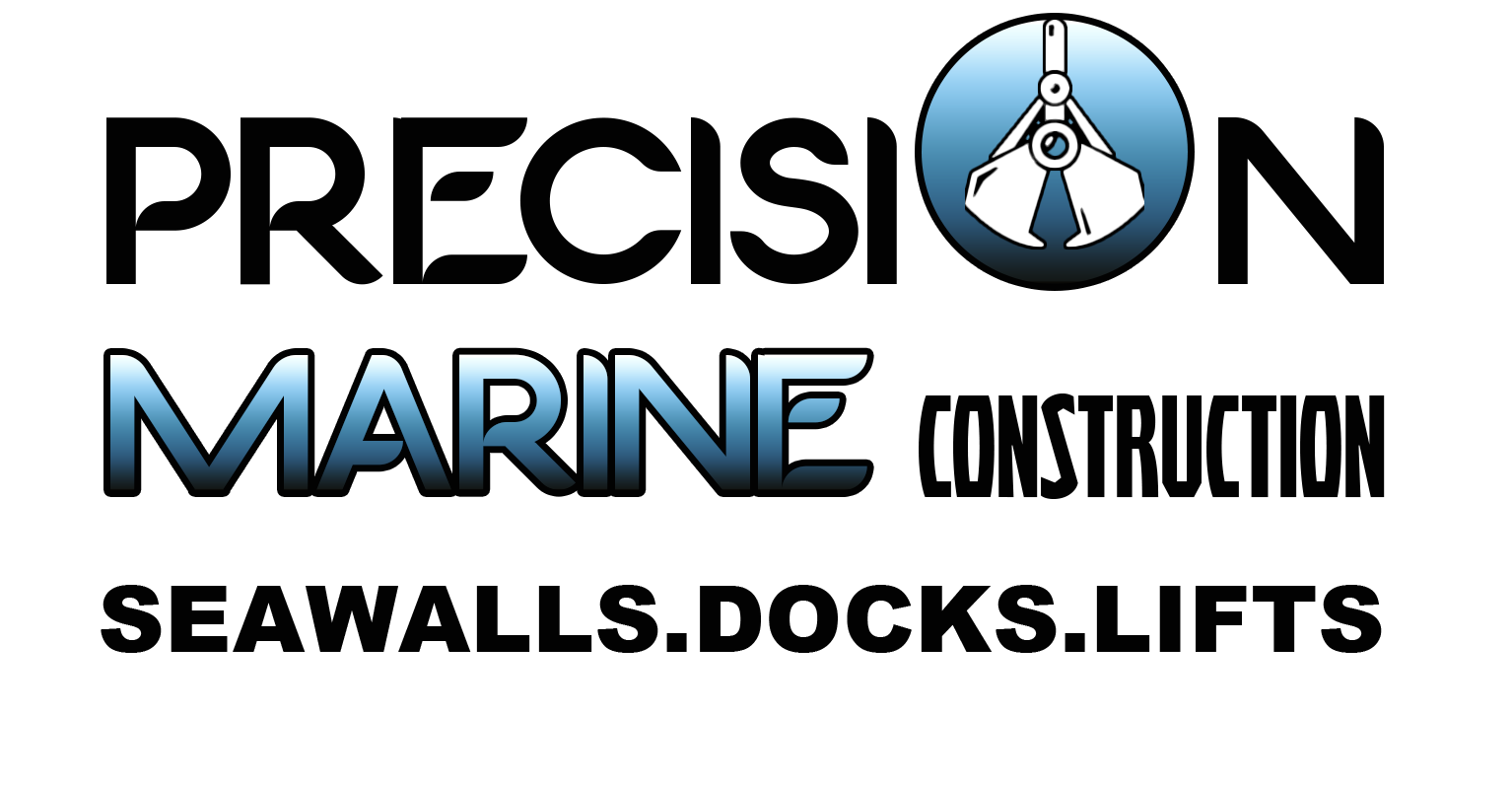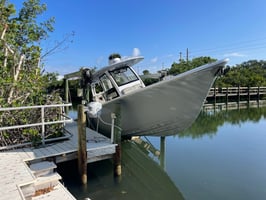Boat lifts make it possible to store and maintain boats safely when they are not in the water. Like...
Understanding Weight Capacity for Avoiding Boat Lift Failure
 When buying a boat as a boater, you understand it is a large investment. Your boat is prized due to its cost and your passion for boating. As such, your boat deserves to be protected at all times from the elements and the water when not in use.
When buying a boat as a boater, you understand it is a large investment. Your boat is prized due to its cost and your passion for boating. As such, your boat deserves to be protected at all times from the elements and the water when not in use.
Boat lifts require proper care and maintenance to safeguard your boat and be available for use. One of the most important aspects of maintaining your boat is ensuring that it is safely stored when not in use.
This is where boat lifts come in handy. Boat lifts are designed to take boats out of the water. They provide a safe and secure storage solution until you a ready to go out on your boat again.
However, boat lift failure can occur if the boat lift is not properly maintained. Various factors can cause boat lift failures. Excessive wear due to use, inadequate maintenance of bearings and cables, erosion, and exceeding the weight capacity are among these reasons. This article will discuss the importance of understanding weight capacity to avoid lift failure.
Understanding Weight Capacity
Before we delve into the importance of weight capacity, let's first define what it means. Weight capacity is the maximum weight a lift can safely hold. The weight includes the weight of your boat. It includes any extra equipment, like motors, fuel, and other gear.
It's important to note that exceeding weight capacity can cause serious damage to both your boat and the lift. In the worst-case scenario, failure can occur. This can result in expensive repairs or even more serious consequences such as injury or death.
If you are unsure how to calculate your boat's weight, consider seeking help from a Marine contractor. PMC is one such contractor that can assist you in determining the right size lift for your boat.
Importance of Knowing Your Boat Weight
Knowing the weight of your boat is crucial in determining the weight capacity of your boat lift. If you're unsure of the weight of your boat, you can consult your owner's manual or find the information online.
It is essential to recognize that the weight of a boat is subject to change. This depends on the quantity of fuel, equipment, and people on board. Therefore, it's important to weigh your boat periodically to ensure you're not putting too much strain on your lift.
Signs of Worn Equipment and the Need for Maintenance Checks
Like any other piece of equipment, boat lifts can wear out over time. Inspecting your boat lift regularly for signs of wear and tear is important. Some common signs to look out for include rust, cracks, and bent or broken parts.
If you notice any of these signs, it's important to have your boat lift serviced or repaired immediately. Neglecting to do so can result in boat lift failure or even collapse. The professionals at PMC are trained to inspect all critical components of boat lifts. They provide customers with a written report, which includes recommendations for parts that need maintenance or replacement.
Weight Capacity for Your Boat Lift
Calculating the weight capacity for your boat lift is relatively simple. First, determine the weight of your boat, including any additional equipment. Next, check the weight capacity of your boat lifts in the manufacturer's manual or on the lift itself. If the weight exceeds the weight capacity of your lift, it's important to upgrade to a larger lift.
Boat Lift Maintenance and Its Impact on Weight Capacity
Regular maintenance of your boat lift is essential in ensuring that it operates safely and efficiently. This includes lubricating moving parts, checking cables and pulleys, and inspecting the lift for any signs of wear and tear. Neglecting to perform regular maintenance can lead to decreased weight capacity and, in some cases, boat lift failure.
Consequences of Exceeding Weight Capacity
As mentioned earlier, exceeding weight capacity can have serious consequences. Boating accidents can cause extensive damage to both your boat and lift. Furthermore, they can also put you and your passengers in danger of injury or death. It's important never to exceed weight capacity and to upgrade to a larger lift if necessary.
Tips for Avoiding Boat Lift Failure Due to Weight Capacity
You can follow several tips to avoid boat lift failure due to weight capacity.
- Always know the weight of your boat and equipment.
- Regularly inspect your boat lift for signs of wear and tear.
- Perform regular maintenance on your lift to ensure it operates safely and efficiently. Finally, never exceed weight capacity and always upgrade to a larger lift if necessary.
Common Misconceptions About Weight Capacity and Boat Lifts
There are several common misconceptions about weight capacity and boat lifts. One of the most common is that weight capacity only refers to the weight of the boat itself. As discussed earlier, weight capacity includes the boat's weight and any additional equipment.
Another common misconception is that boat lifts are indestructible. While they are designed to withstand heavy loads, they can still wear out over time and require maintenance and repairs.
Contact PMC so they can safely remove your boat from the failed lift. They can also properly assess the condition and determine the most cost-effective repair or replacement method.
Conclusion and Importance of Regular Maintenance Checks
In conclusion, understanding weight capacity is crucial in avoiding boat lift failure. Knowing the weight of your boat and equipment is important.
Inspect your lift regularly for signs of wear and tear. Furthermore, perform regular maintenance to ensure it operates safely and efficiently. Follow these tips to ensure your boat lift lasts for years. This will also keep your boat safe when not in use.




Blog comments